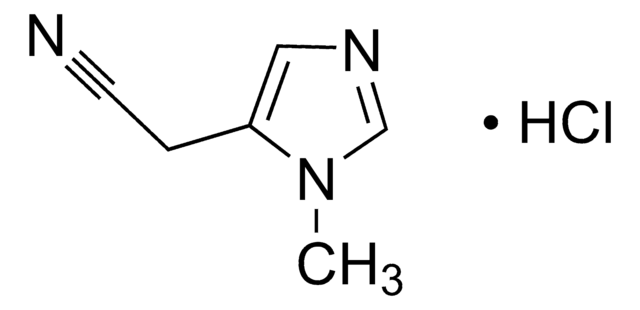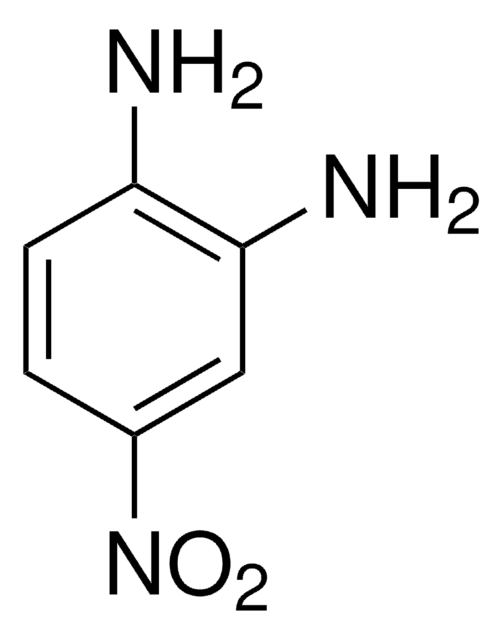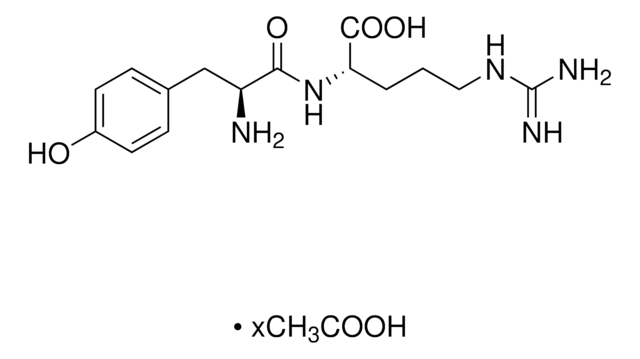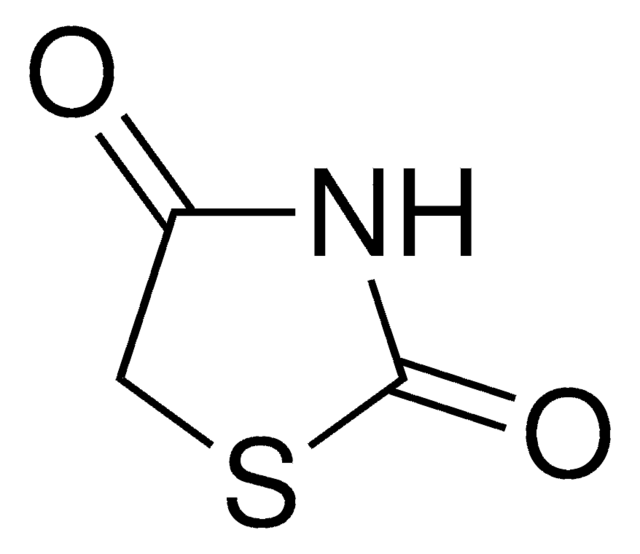Wichtige Dokumente
CRM04144
Dichlon
certified reference material, TraceCERT®, Manufactured by: Sigma-Aldrich Production GmbH, Switzerland
Synonym(e):
2,3-Dichlor-1,4-naphthochinon, Dichlon
About This Item
Empfohlene Produkte
Qualität
certified reference material
TraceCERT®
Qualitätsniveau
Produktlinie
TraceCERT®
Haltbarkeit
limited shelf life, expiry date on the label
Hersteller/Markenname
Manufactured by: Sigma-Aldrich Production GmbH, Switzerland
mp (Schmelzpunkt)
194-197 °C (lit.)
SMILES String
ClC1=C(Cl)C(=O)c2ccccc2C1=O
InChI
1S/C10H4Cl2O2/c11-7-8(12)10(14)6-4-2-1-3-5(6)9(7)13/h1-4H
InChIKey
SVPKNMBRVBMTLB-UHFFFAOYSA-N
Suchen Sie nach ähnlichen Produkten? Aufrufen Leitfaden zum Produktvergleich
Verwandte Kategorien
Allgemeine Beschreibung
Dichlone is a fungicide that belongs to the quinone class. Dichlone alters the permeability of the cell membrane in fibroblastic cells. It rapidly enters the cell and stimulates oxygen uptake.
Dichlone is not approved in the European Union. A default MRL of 0.01 mg/kg has been set according to Art 18(1)(b) Reg 396/2005.
Dichlone is used to control various fungi in fruit, vegetables, ornamentals, and field crops, particularly blossom blights, scab in apples and pears, and brown rot in stone fruit.
Anwendung
- To evaluate the toxicity of some naturally occurring quinones and easily synthesized quinone derivatives on the two-spotted spider mite and three aphid species in laboratory and greenhouse conditions
- To assess antifeedant and toxic effects of selected quinones against the cabbage looper, Trichoplusia ni larvae
- Evaluation of four 1,4-naphthoquinones and 10 pyrimidinone-fused 1,4-naphthoquinones for antimicrobial activity against drug-resistant oral bacteria
- To determine the effectiveness of the use of Supercritical Fluid Extraction (SFE) and Supercritical Fluid Chromatography (SFC) techniques in the analysis of the levels of pesticide residues in canned foods, vegetables, and fruits
Empfohlene Produkte
Rechtliche Hinweise
Signalwort
Danger
H-Sätze
Gefahreneinstufungen
Acute Tox. 3 Oral - Aquatic Acute 1 - Aquatic Chronic 1 - Eye Irrit. 2 - Skin Irrit. 2
Lagerklassenschlüssel
6.1C - Combustible acute toxic Cat.3 / toxic compounds or compounds which causing chronic effects
WGK
WGK 3
Flammpunkt (°F)
Not applicable
Flammpunkt (°C)
Not applicable
Hier finden Sie alle aktuellen Versionen:
Analysenzertifikate (COA)
It looks like we've run into a problem, but you can still download Certificates of Analysis from our Dokumente section.
Wenn Sie Hilfe benötigen, wenden Sie sich bitte an Kundensupport
Besitzen Sie dieses Produkt bereits?
In der Dokumentenbibliothek finden Sie die Dokumentation zu den Produkten, die Sie kürzlich erworben haben.
Unser Team von Wissenschaftlern verfügt über Erfahrung in allen Forschungsbereichen einschließlich Life Science, Materialwissenschaften, chemischer Synthese, Chromatographie, Analytik und vielen mehr..
Setzen Sie sich mit dem technischen Dienst in Verbindung.










